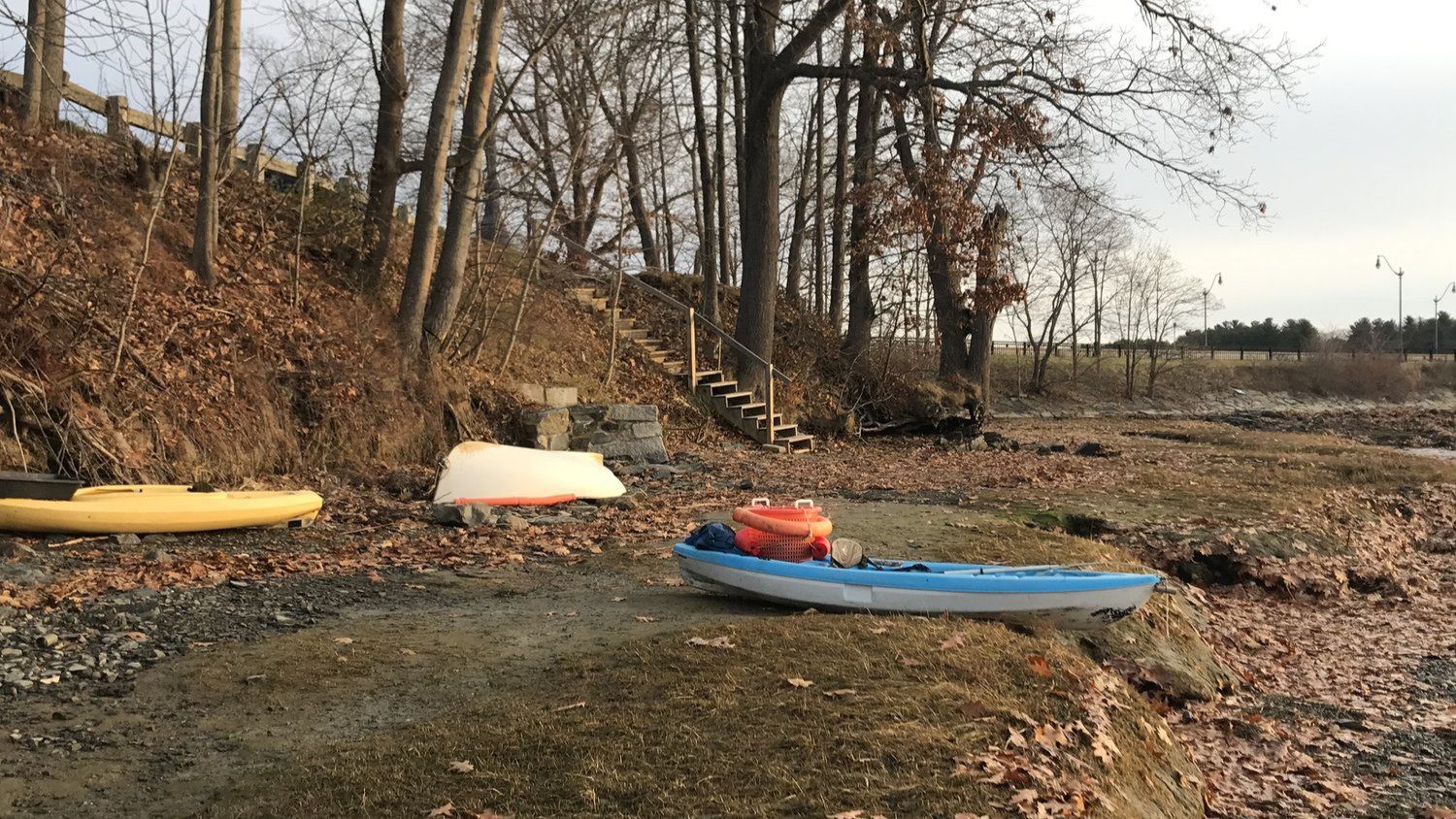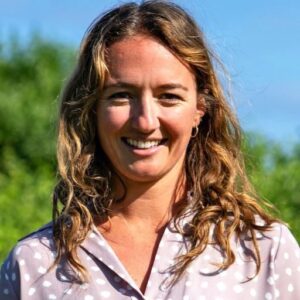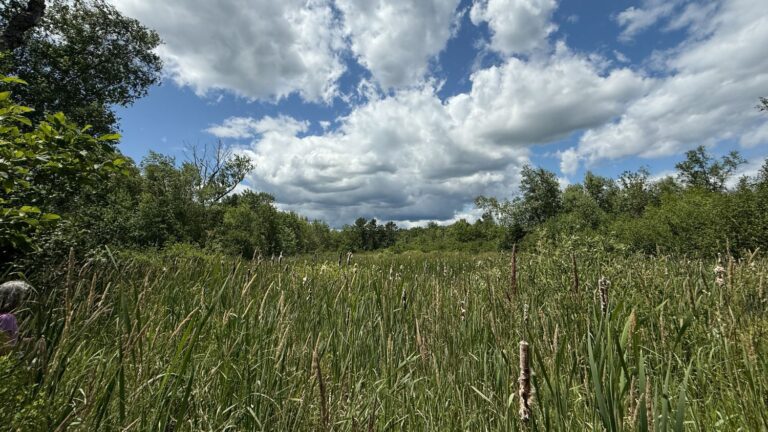As part of her work as a 2021 Switzer fellow, Natalie Lord has launched the website, A Rising Tide?, highlighting women’s experiences as oyster producers.
The project is billed by its sponsors as the first case study to analyze gender in Maine and New Hampshire’s aquaculture industry through visual storytelling. Its goal is to share the photographic and narrative data the research participants collected on their experiences owning and operating an oyster farm in Maine and New Hampshire.
The Maine Monitor has partnered with Lord (who was advised by Dr. Catherine Ashcraft), the Robert and Patricia Switzer Foundation and the New Hampshire Sea Grant to republish the series that showcases the stories of four women oyster farmers and why it’s important to study women in aquaculture. The narrative below is written in the first person by Laura Brown.
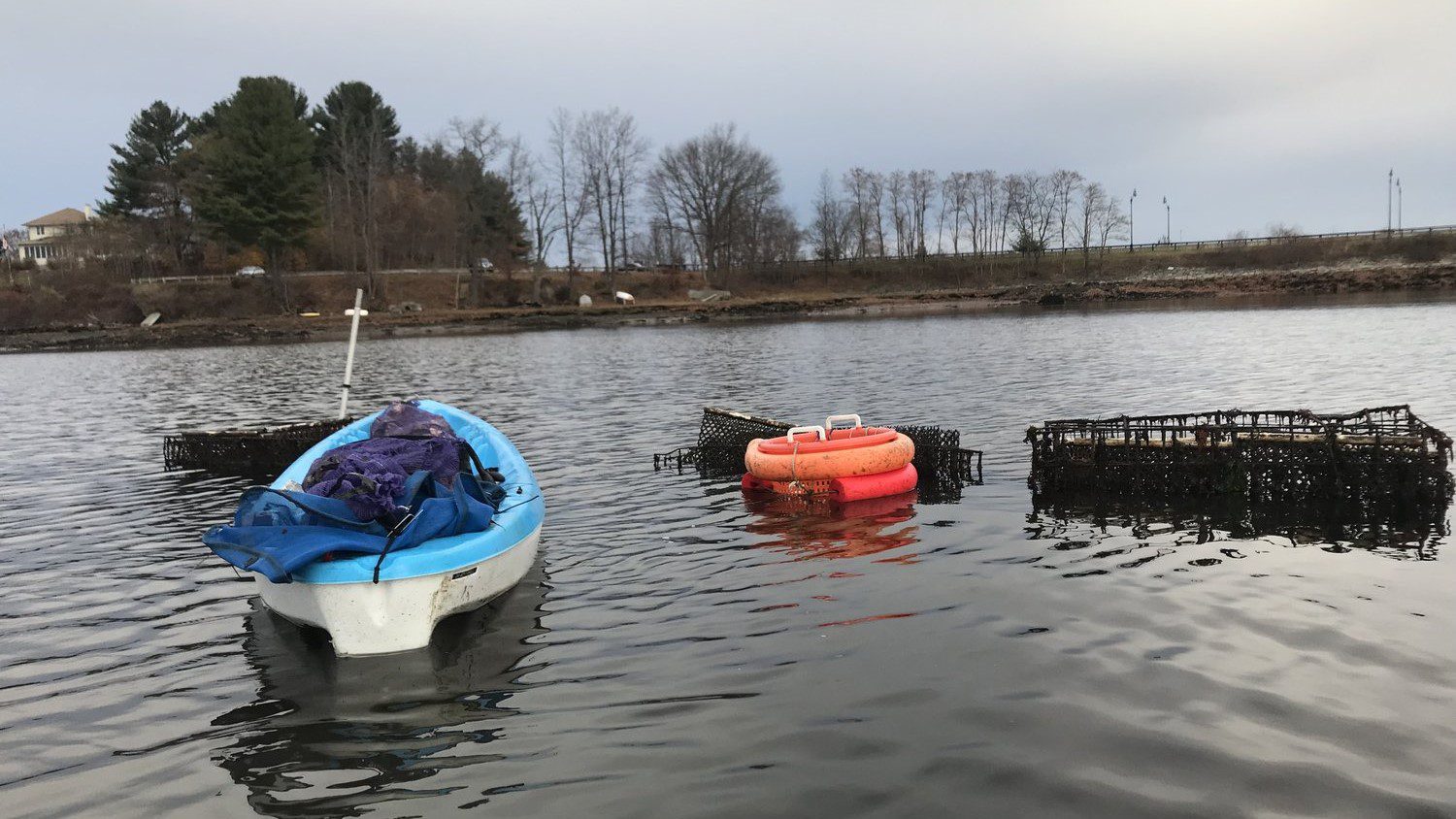
Shore
The shellfish farming industry is rapidly growing. State agencies that control aspects of the shellfish program are unable to scale effectively and are often short staffed.
We have one lab in the state to handle water and shellfish samples that determine harvest closures/openings leaving farmers unable to harvest and sell for extended periods of time.
This image (above) depicts the farm’s proximity to shore which allows recreational harvesters to walk out to the farm at low tide where oysters are spread on the ground and easy to rake.
The department that monitors such activity is unable to continually monitor the farm sites during recreational harvesting times leaving farmers vulnerable to poaching.
Stairs

Access to the farm site is a problem. There is one large private marina located in a turbulent channel and a few privately owned marinas filled to capacity.
Public ‘fishing’ access, or non-motorized boat launching areas, are not conveniently located or require walking through a mud flat at or around low tide to get to the water.
This makes hauling equipment and loading harvested oysters difficult. The stairs are not maintained by any agency.
Clothing
On the farm I wear insulated waders while submerged in cold water. Clothing for the fishing and hunting industry is created mainly for men or ‘one size fits all’.
One size does not fit all.
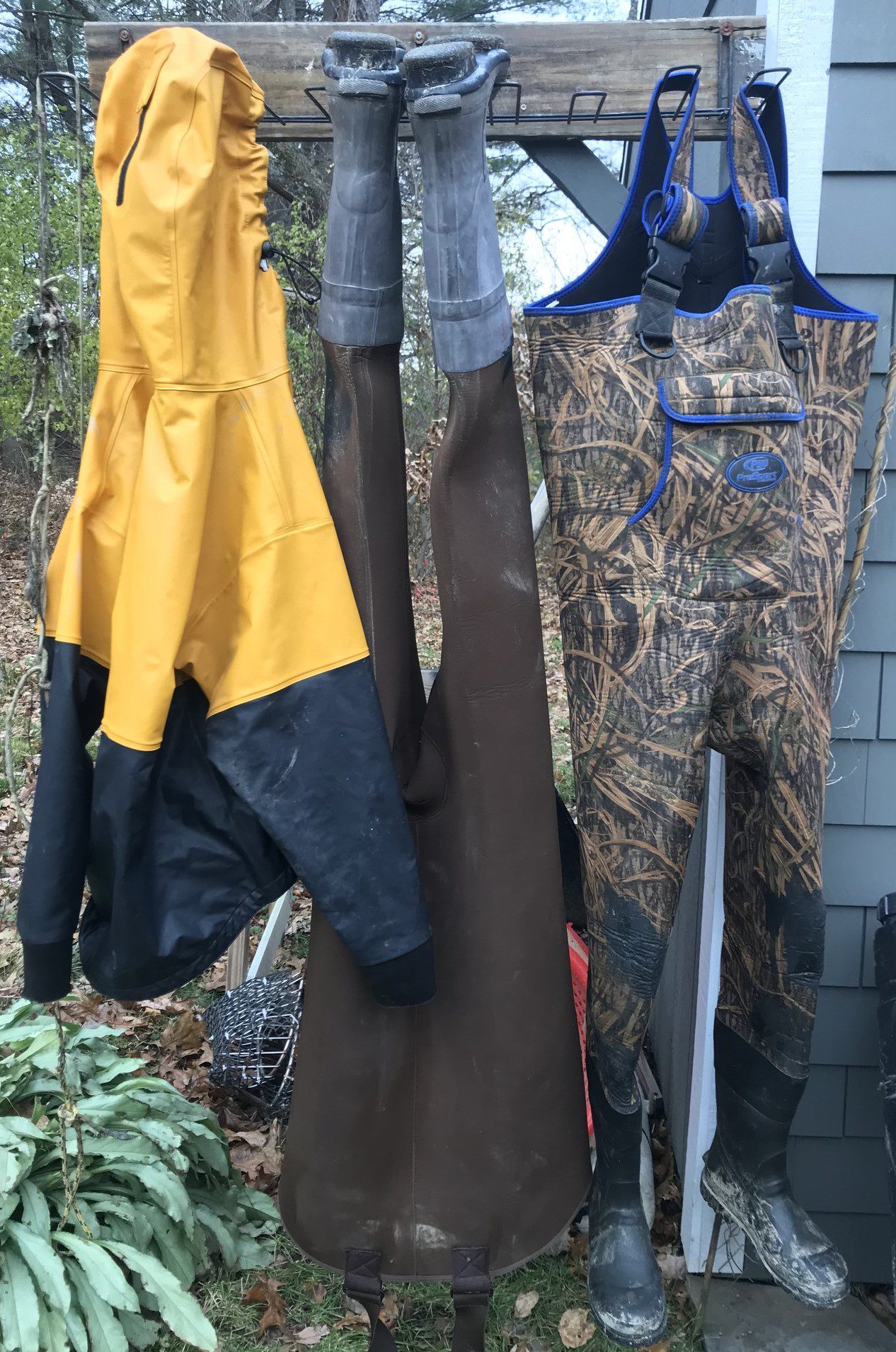
Women’s waders, when available, are two to three times more expensive and don’t have leg lengths that fit.
Women often order men’s waders in kids shoe sizes to fit the feet, but the legs are too short, the bodice too tight and the seams split.
Water jackets for men are more narrow and sleeve cuffs too loose allowing water in.
Erosion
Because of the limited access from shore to the water, mooring fields, and aquaculture farms, the shoreline is being damaged.
Small boats are dragged over shore grasses and mud banks and excessive water runoff from increasing storm events through culverts creates channels in the mud and erosion of the banks.
Climate change and human interaction are dramatically affecting the shoreline.
Trash
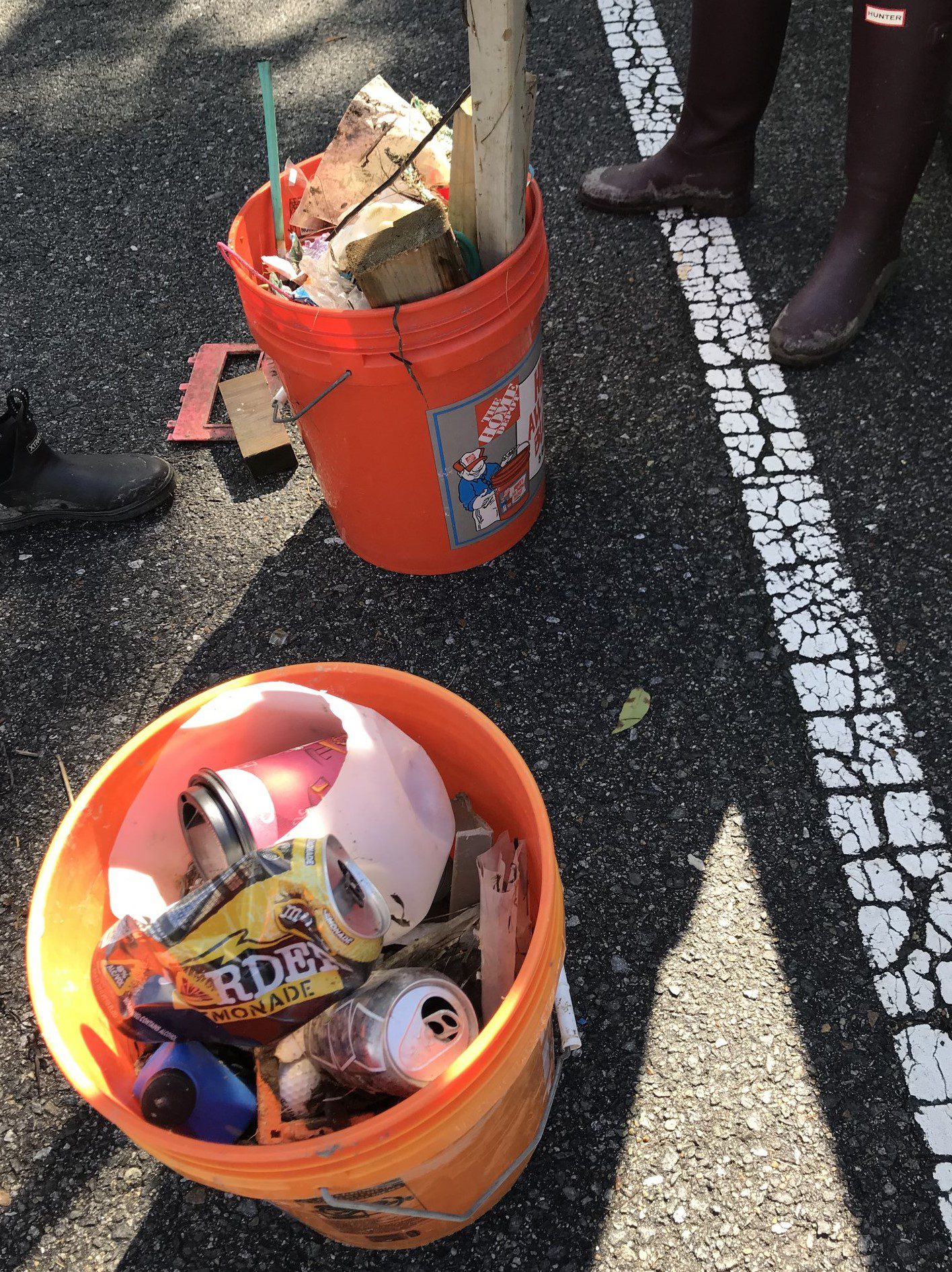
Access to my farm is in a very public place, at a parking lot.
Though the lot provides parking for me to load/unload gear, it has also encouraged people to sleep in their vehicles and defecate in the woods.
It is a common meet up spot for fishing, exercise, lunching and taking bathroom breaks.
There is, however, no public bathroom or public trash receptacle.
In a two hour span, I and two friends collected 743 pieces of trash from bottles tossed over the banks, fast food wrappers, broken fishing gear and debris washed ashore.


